Embedded systems are computer systems designed to perform a specific function within a larger system, such as controlling and monitoring devices. Many embedded systems are designed to operate on battery power or with low energy consumption to extend the battery life. The design and development of such systems requires careful consideration of various factors to reduce power consumption and optimize energy usage.
Although embedded systems can operate in low-power or high-power and their primary focus is not on power management, they often operate in low-power (low-power embedded systems) and require power management techniques to optimize energy consumption and extend battery life.
On the other hand, low-power systems are any systems designed to operate and optimize energy usage, such as battery-powered devices, processors, wireless sensor nodes, or energy-harvesting systems.
Embedded systems and low-power systems are similar in the following aspects:
- Power optimization and management techniques
- Integrate with sensor and peripherals
- Compact design
- Use of specialized hardware and software (microcontrollers, sensors, power management ICs)
- Data processing in real time
Low Power Design Essentials
IoT developers at Krasamo design low-power systems, embedded applications, and firmware with a holistic approach considering hardware design, software design, and power management techniques.
Developers consider the following low-power design techniques when designing and developing low-power systems:
- Analyze power requirements (consumption) of components.
- Analyze power-saving techniques for available components.
- Choose low-power components (microcontrollers, sensors, and peripherals) and materials.
- Design software that is optimized with a reduced number of executions and data transfers—optimize algorithms and data structures.
- Choose power management ICs (PMICs) with features to manage power consumption (voltage regulators, power switches, battery chargers, etc.).
- Consider energy harvesting techniques to power or recharge the system.
Power Management Integrated Circuit Design
Power management is an essential aspect of low-power systems and embedded development. Therefore, it is necessary to understand the power management integrated circuit (PMIC) concept when planning to build IoT systems.
A PMIC is a type of integrated circuit (IC) designed to manage power in components of electronic devices. It typically includes several power management functions, such as voltage regulation, battery charging, thermal management, power sequencing, and energy harvesting.
- Voltage regulators maintain a stable output voltage.
- Battery charging circuits regulate current and voltage charging.
- Manage power sequencing to avoid damage to components and improve reliability.
- Prevent overheating by controlling the fan or adjusting the voltage.
- Energy harvesting collects energy to extend battery life.
Low-Power Embedded Management Techniques
IoT developers build low-power embedded systems with the flexibility to adjust and control a device’s power consumption based on its operation and usage patterns.
Power Saving Mode. Power-saving mode techniques are essential to conserve battery life and reduce power consumption during periods of inactivity. It works by putting the device in a low-power state, keeping only essential functions running. The following power-saving mode techniques are commonly used in low-power solutions.
- Sleep Mode
- Standby Mode
- Deep Sleep Mode
- Clock Gating
- Dynamic Voltage
- Frequency Scaling
Energy Harvesting. Energy harvesting is a technique used to generate power for devices that involves collecting and converting energy from surrounding environments for supplementing or replacing battery power.
- Solar
- Thermal
- Vibration
- RF energy
Software Design. Low-power design requires an approach considering the following principles:
- Optimize code to minimize instructions to execute.
- Reduce data transfer between processor and memory (optimizing data structures).
- Use interrupts to wake up processors after events.
- Optimize communication protocols reducing the frequency and optimizing data transmission.
- Use low-power libraries and components.
- Testing and optimization ensure the proper functioning and minimal power consumption (use an oscilloscope and power analyzer).
Challenges in Power Management of Low-Power Embedded Systems
Trade-offs between Power and Performance
Developers working in low-power system design must balance the trade-offs between power requirements and desired system performance and functionality. Therefore, they ensure a system meets the desired operating performance within the constraints of the available power.
- Processing power
- Functionality
- Memory usage
- Communication bandwidth
- Display resolution
Integration of Components with Different Power Requirements
Developers designing low-power embedded systems face challenges integrating components with different power requirements.
- Ensure power supply for different voltage levels of components.
- The system must provide specific power sequencing for certain components.
- Power conversion requirements of each component must be considered.
- Ensure the system provides proper power regulation to operate correctly.
- Optimize power management of the system, meeting the power requirements of each component.
- Thermal management and heat dissipation considerations must be evaluated.
Limitations of Battery Technology
Battery technology can pose several challenges and limitations when designing and developing low-power embedded systems. As a result, developers create strategies to optimize usage, extend battery life, and ensure reliability.
- Batteries’ limited energy density limits the amount of power before recharging or replacing.
- Limited lifespans create limitations in long-term use.
- Temperature sensitivity limits operation in harsh environments (extreme temperatures).
- There are safety concerns with lithium-ion batteries (overheating, explosion, and fire).
- Battery size and weight may be challenging for compact embedded systems.
- Charging time limits operations without interruptions and requires recharging.
- The system may require alternative power sources.
Complexity of Energy Harvesting Techniques
Energy harvesting is a technique that provides a reliable and sustainable power source for embedded devices. It is important to ask developers to address the complexities and discuss the process of converting energy, power management strategies, and energy harvesting circuits (power management circuits, energy storage devices, and power conversion circuits). When designing low-power embedded systems, it is key to consider environmental factors such as temperature, humidity, frequency interference, etc.
Energy harvesting circuits are used in low-power embedded systems (such as wireless sensor networks, for example) to reduce external power sources and increase system reliability.
Battery life is a critical factor in low–power mesh networks, so energy is converted into electrical power for extending the periods of operations of network nodes located in remote or inaccessible locations.
Memory Management in Embedded Systems
Memory management in embedded systems can impact power management and low-power design. Memory usage can significantly impact power consumption, as memory can consume a significant amount of power in embedded systems, particularly in systems that frequently read and write to memory.
Developers consider memory management techniques to reduce power consumption, using low-power memory devices, memory compression, power gating, designing software that optimizes memory usage (low-power algorithms), etc.
Choosing a real-time operating system (RTOS) such as FreeRTOS with features that minimize memory usage helps to optimize power management. For example, FreeRTOS includes power management hooks allowing low power modes when idle. Also, prioritizing tasks, supporting multi-tasking, and energy-aware scheduling features help optimize power consumption.
IoT Development with Krasamo
Krasamo provides IoT development services following customer requirements for architecting low-power embedded systems with optimized performance while minimizing power consumption, often requiring designers to “do more with less.”
Throughout the development process, from selecting MCUs to creating code, designers should continuously evaluate whether they can avoid unnecessary tasks and implement strategies for power efficiency.
When performing a task, the top priority is to achieve the design requirements while consuming minimal current. However, designers should ensure that any optimizations made to the system do not significantly compromise performance.
Balancing performance and power savings is a challenge that can be addressed through careful planning and design principles that efficiently meet all requirements while minimizing current consumption.
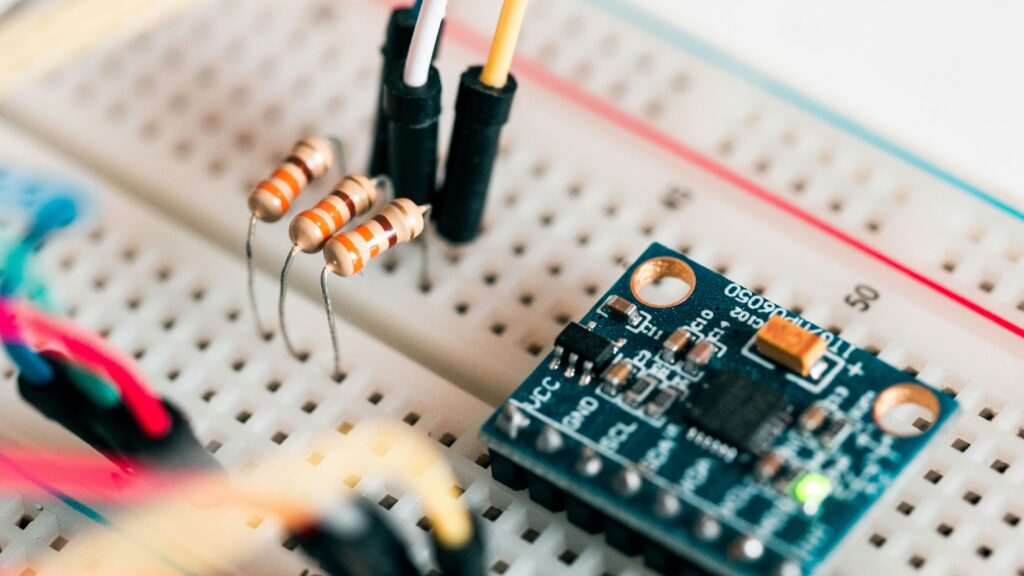





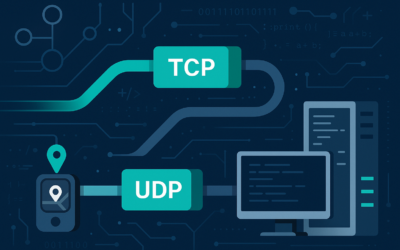
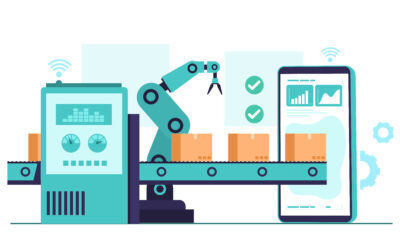

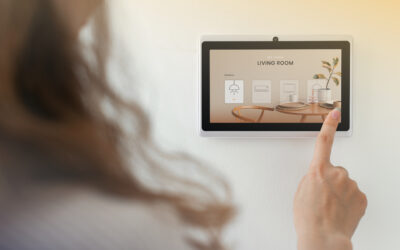
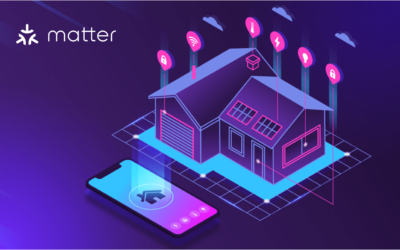
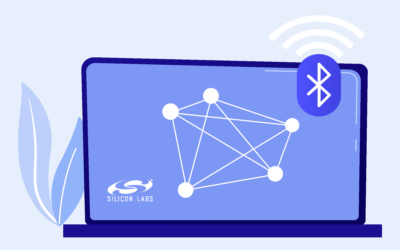
0 Comments